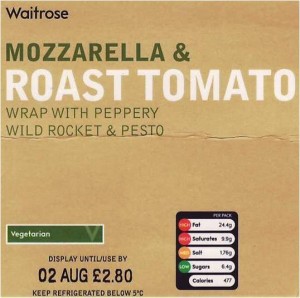Colbert Report, August 19: I was interviewed on the Colbert Report about sugar policy, of all things. U.S. sugar policy is so absurd that I did not think it could be satirized, but Colbert managed just fine. Here’s what I would have said if I hadn’t been completely disconcerted by his dousing himself with five pounds of sugar:
The sugar “crisis”: On August 5, several groups representing makers of processed foods wrote a letter asking the USDA to raise the quota on imported sugar because stocks are lower than they have been in years. Why? Because domestic sugar production is thoroughly governed by quotas, imported sugar is thoroughly controlled by quotas and tariffs, and high fructose corn syrup (HFCS) is increasingly diverted to ethanol. Got that?
Reminder about definitions: “Sugar” usually refers just to sucrose made from sugar cane and sugar beets; it is glucose and fructose stuck together. The other major sweetener is high fructose corn syrup (HFCS). It is also made of glucose and fructose, but separated. Sucrose and HFCS work the same way in the body and are hardly distinguishable physiologically. For the purposes of this discussion, I use sugar to refer to the sweetener refined from sugar beets and sugar cane, and HFCS for the sweetener made from corn.
Sugar protection policies: Even though it amounts to only 1% of agricultural production, U.S. sugar is the single most heavily protected agricultural commodity. No matter what the price on the world market, U.S. sugar producers and processors get paid a high price. Historically, this price has been two to three times higher than world market prices. Although this has for decades cost American consumers $2 billion to $3 billion a year in higher sugar prices, nobody much noticed because it “only” amounted to about $10 per year per person over and above what you would pay for sugar anyway. Today, the gap between domestic and world market prices has gotten much smaller, mainly because there isn’t as much HFCS around (more on this later).
Quotas and tariffs: These are amazing, really. U.S. producers are allowed to grow a certain amount of cane and beets each year for which they are guaranteed a price set by USDA. Beets get 55% of the total quota allotment and cane gets 45%. This works like a closed shop. If you want to start growing beets or cane for domestic sugar production, too bad. Catch 22: You only get to have a quota if you already have a quota. As for tariffs: The 2008 Farm Bill says that 85% of total sugar in the U.S. must be produced domestically, and only 15% can be imported. That 15% comes in through quotas distributed among about 20 countries. Any other sugar they want to send us is subject to high tariffs, except from Mexico. Under NAFTA, Mexico can export as much sugar to us as it wants to at the favored price. But imported sugar is never supposed to exceed 15%.
International issues: Our agreement with the World Trade Organization (Uruguay Round) says we have to take a certain amount of world market sugar. But the 2008 Farm Bill restricts imports. Oops. The contradictions in these policies still have to be resolved. The processed food people think the USDA can raise the percentage. Can it? Hmmm. We don’t know this yet.
Who benefits: A few thousand beet producers in about 15 states and a few hundred cane producers, and the sugar processors. They get paid amounts that are higher than world market prices. The countries that have sugar quotas also get higher prices for their sugar quotas. Producers of sugar cane and beets love this system. Florida cane producers defend it this way: “U.S. sugar policy ensures that jobs in rural America are not sent overseas, and that American consumers are not held captive by unreliable foreign suppliers of subsidized sugar.” Like American-owned sugar plantations in the Dominican Republic, for example?
Who loses: According to the Government Accountability Office, everyone in America pays higher prices for sugar than we need to. This amounts to a transfer of wealth from 350 million of us to a few thousand sugar producers and processors. International sugar-producing countries that do not have quotas, those in Africa, for example, are also out of luck.
How this happened: The system started out in the Great Depression with the best of intentions. Despite endless attempts to get rid of sugar supports and let prices fluctuate according to the world market, Congress continues this elaborate and expensive system to protect sugar producers and processors. These groups have banded together in cooperatives so they avoid anti-trust laws. Even the New York Times thinks we should get rid of sugar protections. These groups, of course, are among the most generous and powerful contributors to congressional election campaigns. Even more, they are equal opportunity contributors: they give to both Democrats and Republicans. The Fanjul family in Florida is especially influential. In the best known example, Mr. Fanjul was able to get President Bill Clinton to take his call on a federal holiday when Clinton was in the midst of a tryst with Monica Lewinsky (source: the Starr report).
What about HFCS: The public now puts HFCS in the same category as trans fats: poison (it’s not; it’s just sugars). In response, makers of processed foods and beverages are starting to replace it with cane and beet sugar. As explained in the current Advertising Age, sugar is now at war with HFCS. HFCS used to be a lot cheaper than sugar, but its cost has gone up as more of it is used for ethanol. Supply is down; costs are up.
Other issues: As if all this wasn’t complicated enough, sugar beets are largely genetically modified, leading more than 70 companies to say they won’t use that sugar. Sugar cane production in the Southern states pollutes the Everglades, leading to billions of dollars in clean up costs. And the labor practices of sugar cane plantations have long been the subject of much investigative reporting. And what about relations with Cuba? Until the Castro revolution, we got nearly all of our imported sugar from our Caribbean neighbor. If relations with Cuba improve, will that country have a quota?
So what’s really going on? Food processors want cheap ingredients. Cheap sugar makes for relatively cheap junk foods and high profits for manufacturers. Current sugar policies make no sense in today’s global marketplace and we all ought to be eating less sugar anyway. On average, we have about 70 pounds of sugar and another 70 of HFCS available per year for every man, woman, and child in the country along with a few pounds of other caloric sweeteners to boot. That’s close to half a pound of sugary calories per day. Less of all of them would be better, no?
A final happy thought: Maybe the processed food makers’ request – which is entirely self-interested – might lead to improvements in U.S. farm policy as well as relations with sugar-producing countries in the Caribbean and Africa.
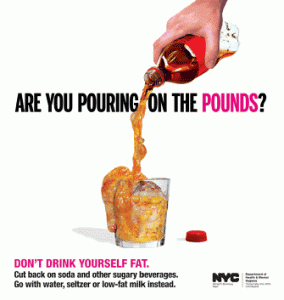

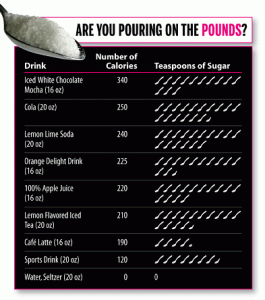
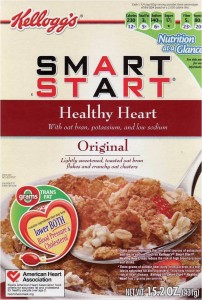
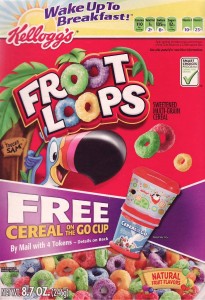
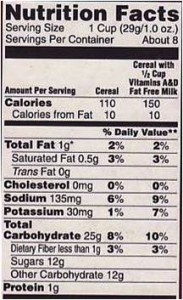 OK. I understand that companies want to market their processed foods, but I cannot understand why nutrition societies thought it would be a good idea to get involved with this marketing scheme. It isn’t. The American Society of Nutrition gets paid to manage this program. It should not be doing this.
OK. I understand that companies want to market their processed foods, but I cannot understand why nutrition societies thought it would be a good idea to get involved with this marketing scheme. It isn’t. The American Society of Nutrition gets paid to manage this program. It should not be doing this.